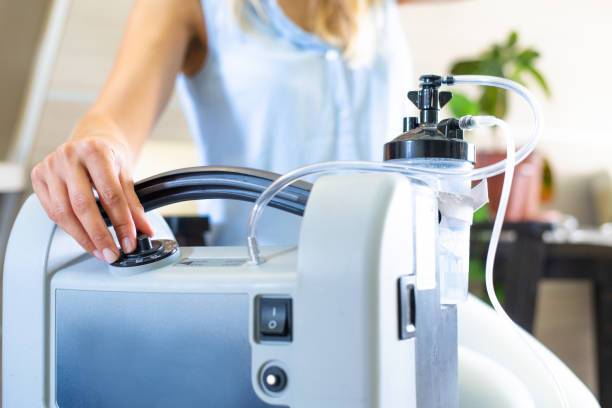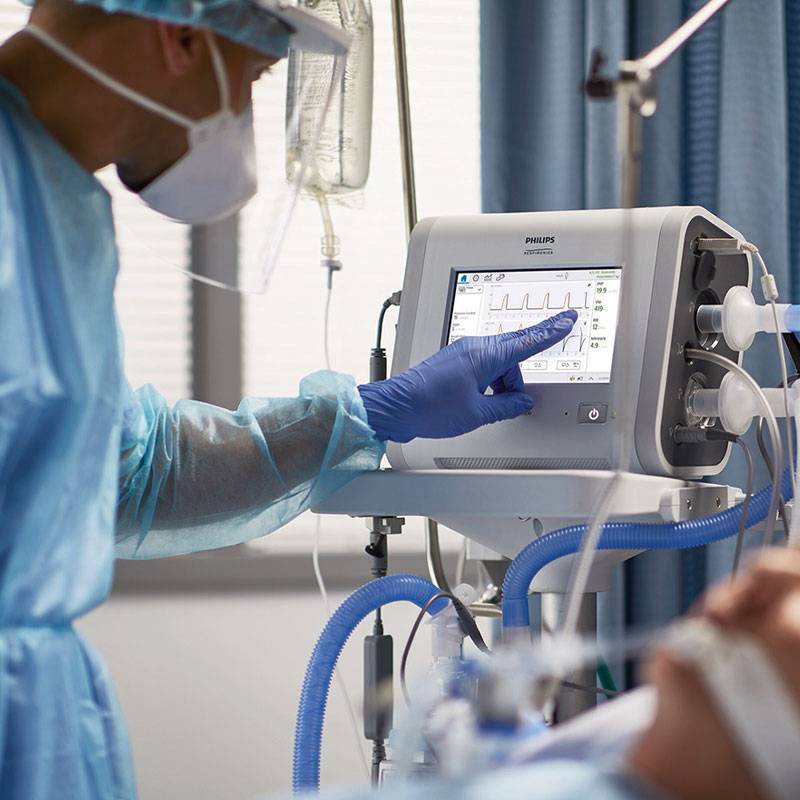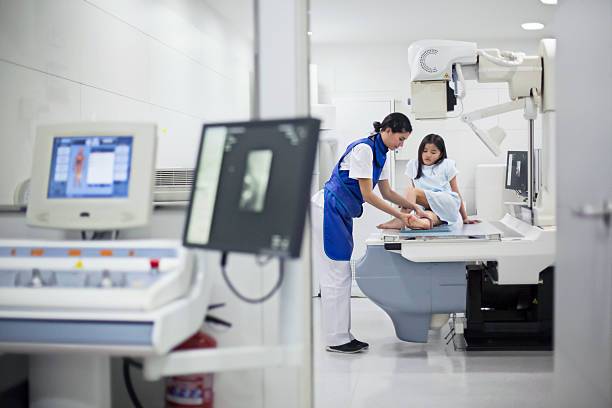Enhancing Healthcare Excellence through Equipment Services
Homecare Products
- Pulse Oximeter
- Oxygen Concentrator
- BIPAP & CPAP
- Nebulizer
- Bedside Monitor
Respiratory Care
- Ventilator
- Anesthesia Workstation
- Patient Monitor
- Defibrillator
-Syring pump & infusion pump
-Electrocardiography
-Diathermy
Imaging and Radiology
- X Ray Systems
- Computer Radiography(CR)
- Computer Tomography(CT)
-Magnetic Resonance Imaging (MRI)
Let us know your needs and inquiries so that
we can assist you
Requests for quotation and product rentals
Why work with us?
Customer focus
Experience
Technology
Our working process
When a medical equipment issue is reported, the troubleshooting process begins with a diagnostic assessment. This involves gathering information about the problem, analyzing symptoms, and identifying potential causes.
Troubleshooting Techniques
Highly skilled technicians utilize their expertise and knowledge to troubleshoot the equipment. They follow established troubleshooting procedures, which may involve inspecting components, running diagnostic tests, and utilizing specialized tools to identify the root cause of the problem.
Problem Resolution
Once the issue is identified, the technicians work on resolving it. This may involve repairing or replacing faulty components, adjusting settings, or performing software updates. They follow manufacturer guidelines and industry best practices to ensure the equipment is restored to optimal working condition.
Documentation and Reporting
Throughout the troubleshooting and service process, detailed documentation is maintained. This includes recording the problem, steps taken for troubleshooting, repairs conducted, and any recommendations or suggestions for preventive maintenance. This documentation serves as a valuable reference for future servicing and helps in tracking equipment history.
Preventive Maintenance
In addition to troubleshooting and repairs, medical equipment service providers often offer preventive maintenance programs. This involves regular inspections, calibration, and maintenance tasks to identify potential issues before they escalate. By proactively maintaining the equipment, the risk of breakdowns or malfunctions is minimized, ensuring uninterrupted functionality.
Customer Communication
Effective communication is vital throughout the troubleshooting and service process. Technicians provide clear and concise explanations to the customer regarding the identified issue, the steps taken for troubleshooting, and the actions performed for resolution. They address any questions or concerns the customer may have and provide recommendations for future equipment maintenance or usage.




